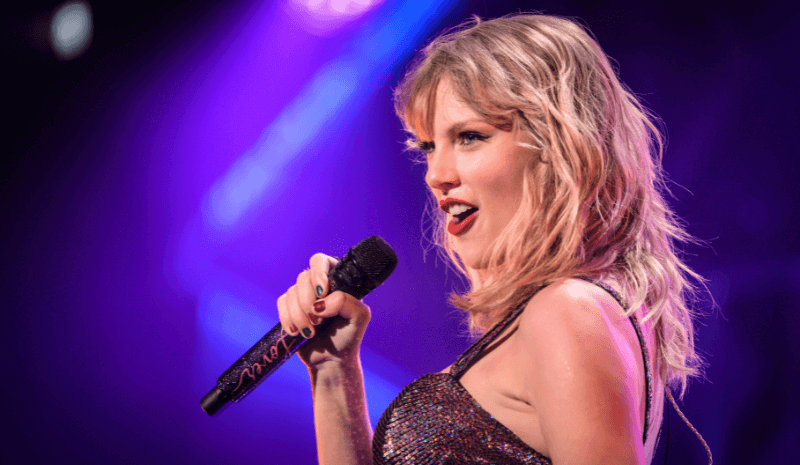Why We’re Still Talking About Taylor: Celebrity Carbon Footprints

By Wildr Editor

So, have you heard the latest about Taylor Swift? No, it's not a new album drop – we're talking about her carbon footprint.
Recently, Taylor's jet has been making more headlines than her music, emitting a whopping 138 tons of CO2 emissions from visiting her boyfriend over 3 months (reported by Economic Times).
Since the original research by Yard was published in 2022, Taylor has been under scrutiny and backlash for her harmful impact on the planet.
Let's put Taylor Swift's 138 tons of carbon emissions into perspective.
Imagine this: The average car emits about 4.6 metric tons of carbon dioxide per year. So, Taylor's jet emissions are equivalent to about 30 cars running for a whole year! Or think about your home's energy use.
The average household in the U.S. emits about 7.5 tons of CO2 annually through electricity and gas consumption. This means Taylor's jet emissions is the same as the yearly energy use of over 18 households. That sounds like…a lot.
In response to the carbon footprint controversy, Taylor Swift's team has argued that she had already paid double the carbon offset for her Eras tour back in 2023. Many experts say that’s not enough.
But this isn't just about T-Swift; it’s a much bigger picture about carbon emissions and what we can do about them.
Let's break it down: Carbon offsetting is like an environmental IOU. It's when businesses or individuals balance out their carbon emissions by funding projects that reduce CO2 elsewhere. Think planting trees or investing in renewable energy.
The idea is neat: "I'll reduce as much carbon here because I've emitted it there." Sounds perfect, doesn’t it? Well, it's a bit more complicated.

Photo by Jean-Daniel Francoeur on Pexels
Carbon Offsetting: The What and The How
Not all carbon offsetting is created equal. The Guardian points out that some projects, especially those around forest conservation, might not always deliver what they promise.
The trees planted today need to grow for years to absorb the amount of CO2 companies claim. And sometimes, these projects don’t stop emissions from happening elsewhere – that’s what experts call 'leakage'.
What This Means for Eco-Friendly Entrepreneurs
Now, for the sustainable entrepreneurs among us, this is crucial. A lot of business owners in the sustainable retail niche use carbon offsetting programs in their business practices.
But this article sheds light on an important lesson. Integrating carbon offsetting into your business model can be great, but it shouldn't be your one-stop solution for sustainability.
Real meaningful change means looking at your entire operation and the life cycle of your products – from how they’re made to how they're disposed of. It’s about reducing what you can and then offsetting what you can’t.
And here’s a pro tip: Be cautious with claims from carbon offset companies. Not all are as green as they seem. Do your homework, look for transparency, and maybe even get a third-party to verify those claims. Your business’s eco-cred depends on it!
Back to Taylor: A Catalyst for Change
Taylor's carbon controversy has, in a way, sparked a vital conversation about environmental responsibility.
Whether you're a pop icon with a jet or a small business owner, your environmental impact matters. It's about making those smart, conscious choices every day and recognizing that carbon offsetting is part of a larger, greener strategy, not the whole strategy.
So, let's keep this conversation going. It's not just about Taylor; it's about all of us taking steps towards a more sustainable future, where our actions align with our environmental commitments.
As easy as it is to judge others for their habits or mistakes, let’s face it, if we had a jet, we’d probably take it out for a ride or two (or three).
Let’s all play our part in nurturing our planet without judgment. After all, every step towards sustainability is a step towards a better world, including controversy and conversation.



